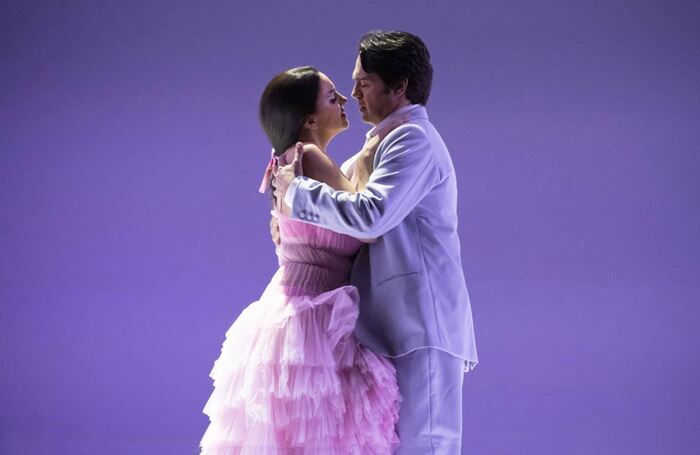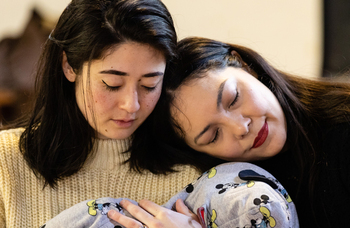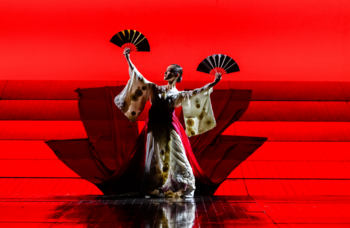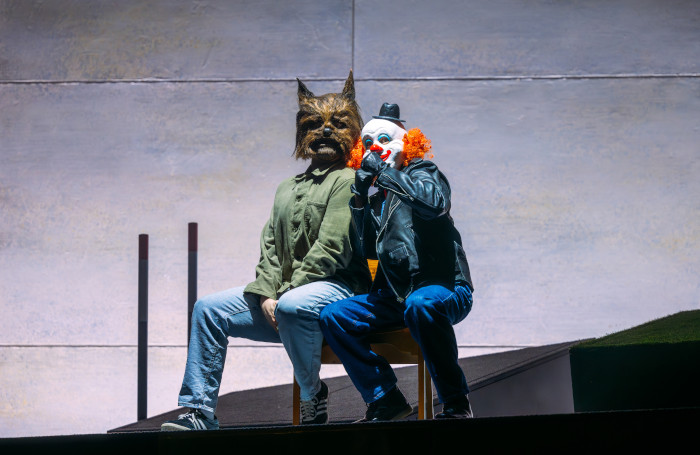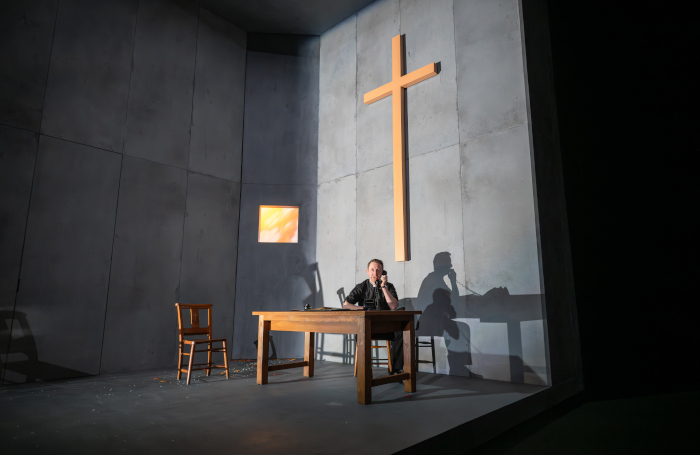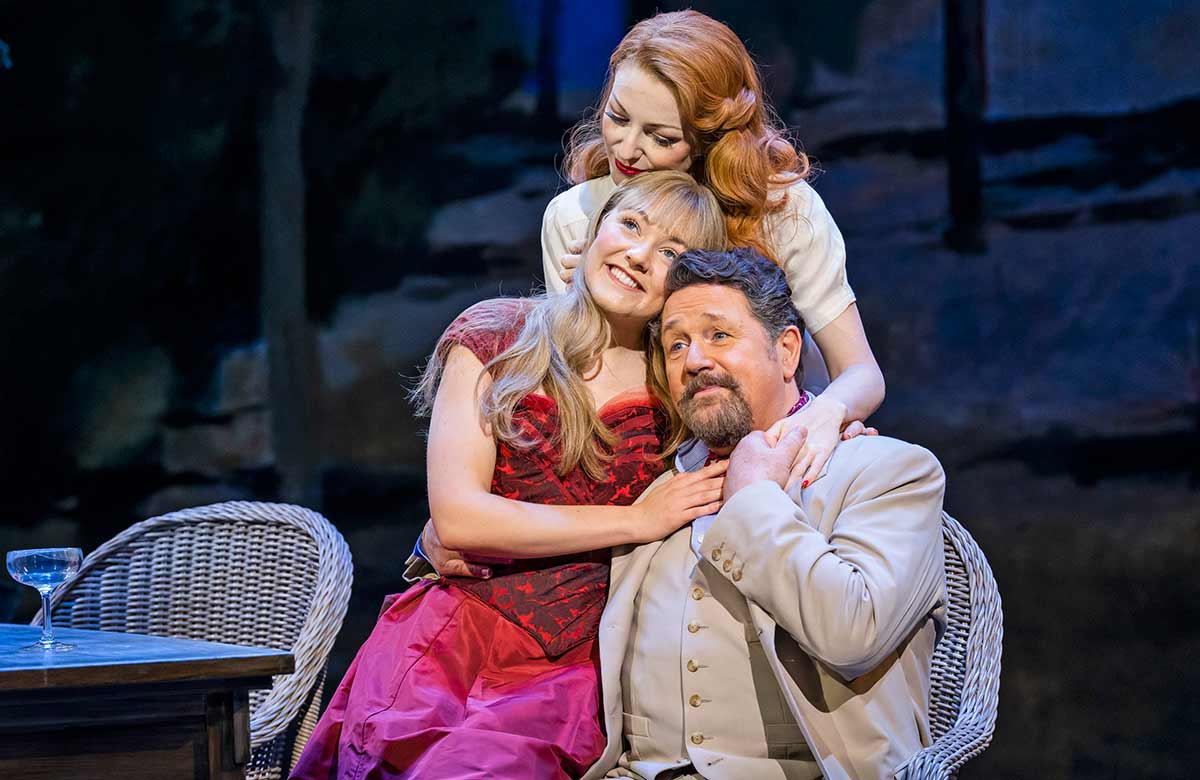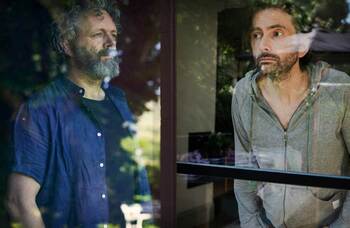Lindy Hume sets Puccini’s empathetic tragedy in a dystopian future with mixed results
Lindy Hume’s production drops Madam Butterfly’s Japanese setting. Instead, as she explains in one of those lengthy directorial programme notes – which suggests that something isn’t going to convince without copious explanation – its new location is "neither in Japan, nor specifically any country. Rather, it is another imagined biosphere, a corner of a recognisable yet dystopic near-future version of our own society".
The sad truth is that something close to Butterfly’s desperate situation is being played out right now for real in innumerable parts of the globe. What makes Puccini’s opera a profoundly necessary work of art is his extraordinary ability to maximise the audience’s empathy for her.
The production would have worked better if set in the contemporary world it largely inhabits after the interval: earlier, some of Isabella Bywater’s costumes look like second-hand collectibles from a 1960s camp-classic sci-fi series. Though, her revolving unit set works well.
While one cannot fault the cast’s commitment to Hume’s idiosyncratic vision, the end result packs far less emotional punch than in such long-running versions as Graham Vick’s 1984 English National Opera staging, or its 2005 successor by Anthony Minghella. But, then, they didn’t opt for a dystopic biosphere.
There is much limpid, expressive singing from Joyce El-Khoury’s Cio-Cio-San, if not enough power for the crucial climactic phrases. Leonardo Caimi brings freshness and different dimensions to Pinkerton, while both Anna Harvey’s Suzuki and Mark Stone’s Sharpless are in the top league. Among smaller roles, Keel Watson makes a suitably terrifying Bonze.
But it’s in the pit, where conductor Carlo Rizzi presides over the Welsh National Opera orchestra, that this devastating drama is at its most potent – and, indeed, world-class.
More Reviews
Recommended for you
More Reviews
Recommended for you
Most Read
Across The Stage this weekYour subscription helps ensure our journalism can continue
Invest in The Stage today with a subscription starting at just £7.99
